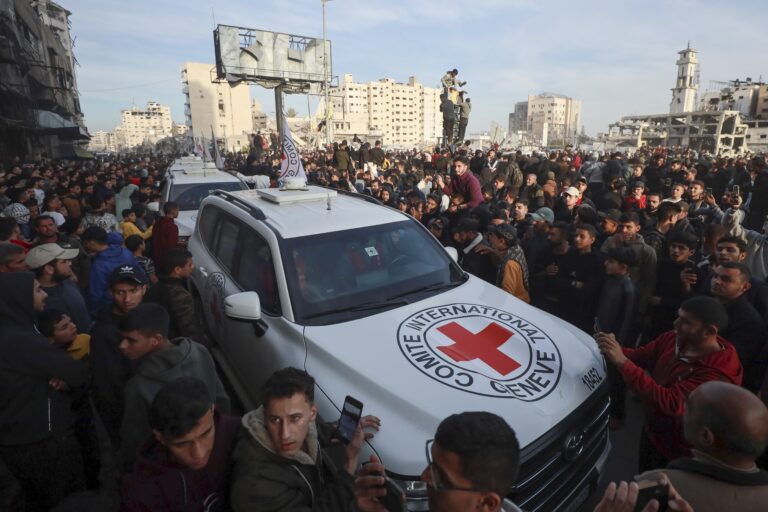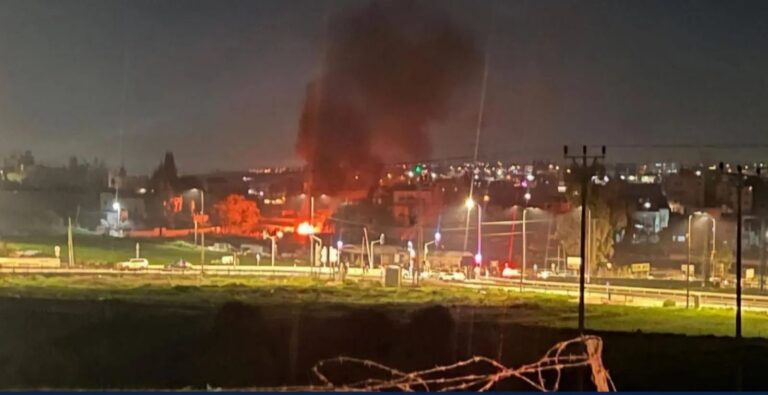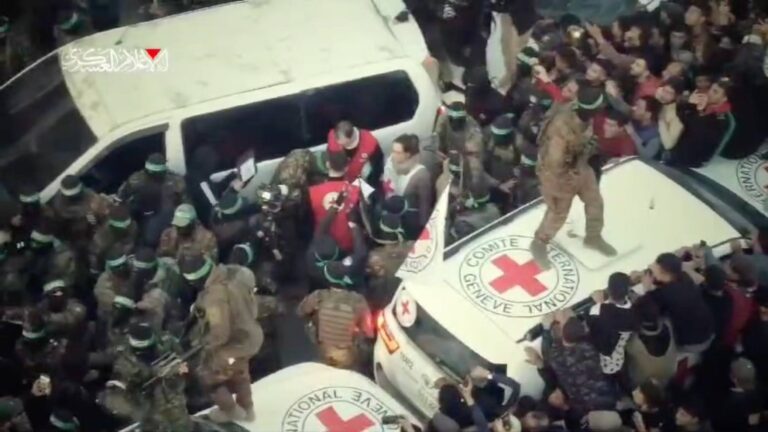 On Thursday morning around 6:00AM, Monsey Hatzolah responded to a home on Beckett Court in the Village of Chestnut Ridge.
On Thursday morning around 6:00AM, Monsey Hatzolah responded to a home on Beckett Court in the Village of Chestnut Ridge.
Upon arrival, Hatzolah members found a child who was semi-responsive, and appeared to be suffering from symptoms of carbon monoxide poisoning. Within minutes, the entire family of 9 were all presenting various levels of the same symptoms.
Ramapo Police tell YWN that it was discovered that 9 individuals in the home had been experiencing symptoms including headaches, nausea and dizziness. Those residents ranged in age from 1 week old to 42 years old.
The victims were immediately removed from the house and attended to by medical personnel from Hatzolah, Rockland Paramedic Services, and Faist Volunteer Ambulance Corps. They were subsequently removed to area hospitals for treatment.
Sources tell YWN that at least two of the victims are being transferred to a hospital in Westchester County that is equipped with a “hyperbaric chamber”.
The Monsey Fire Department along with Orange and Rockland Utilities responded to the scene, and found dangerous levels of the carbon monoxide throughout the home.
The cause of the carbon monoxide leak is still under investigation at this time.
Additional responding agencies at the scene were, Ramapo Police Department, Rockland County Bureau of Criminal Investigations, Rockland Paramedic Services, William P. Faist Ambulance Corps, Town of Ramapo Building Inspector, Town of Ramapo Fire Inspector, Monsey Fire Department, and Orange and Rockland Utilities.
Remember to always have a working carbon monoxide detector in your home!!
This incident should serve as a warning to people about the dangers of carbon monoxide poisoning.
The risk of poisoning can increase as individuals try to remain warm during the cold winter. Carbon monoxide (CO) is a colorless, odorless, tasteless toxic gas. It is produced when any fuel such as natural gas, propane, gasoline, kerosene, wood, or charcoal is burned. Carbon monoxide can build up in enclosed and semi-enclosed spaces, and the results can be deadly. Since carbon monoxide cannot be seen, tasted, or smelled, it can kill quickly or slowly when breathed in. Carbon monoxide can also cause permanent damage to the brain and other parts of the nervous system. People of all ages can be affected, but infants and children are the most vulnerable. Some potential sources that produce carbon monoxide are: gas water heaters, gas stoves and ovens, kerosene heaters, grills, wood and gas fireplaces, portable generators, and automobile engines.
Symptoms
The symptoms of CO poisoning are similar to the flu or food poisoning. They can include:
- Fatigue/sleepiness
- Dizziness
- Nausea
- Headache
- Irregular breathing
- Confusion or disorientation
Prevention
- Never use fuel-burning equipment (grills, stoves, kerosene heaters, lanterns, generators, lawn mowers, etc.) in enclosed/poorly ventilated spaces (tent, garage, basement, boat cabin, etc.).
- Follow manufacturer’s instructions for safe operation of fuel-burning appliances.
- A qualified technician should check gas-burning appliances (including hot water heaters and gas dryers) annually.
- Install a UL-approved CO alarm on every level of the home containing sleeping quarters. An alarm is not a substitute for proper use and maintenance of fuel-burning appliances.
- Post the poison hotline number (1-800-222-1222) near phones. Call immediately for possible poisonings, or for poison prevention advice. It is better to ask questions now, than to be sorry later.
If The CO Alarm Goes Off:
- Check to see if any member of the household is experiencing symptoms.
- If they are, leave the affected area immediately and get fresh air.
- If no one is feeling symptoms, open windows/doors and turn off potential sources of CO.
- Have a qualified technician inspect fuel-burning appliances to identify and correct source of leak.
(Chaim Shapiro – YWN)











